After a 12-year streak of 18 consecutive home series wins, India’s dream run ended with a whimper. India was stunned by New Zealand’s remarkable 113-run victory in the second Test in Pune. Indian batsmen considered better players of spin were clueless against Santner, which raised many eyebrows. The retirement of senior players like Rohit and Kohli has been a hot topic on social media.
Former New Zealand fast bowler turned commentator, Simon Doull said, “I think it is a misconception around the world now that these modern Indian players are better playing spin than anyone else. They are not. They are the same as everyone else around the world. Gone are the days of Ganguly, Gambhir, Laxman and Dravid. Sachin was so, so good against spin, and the era before them”. Was Simon Doull, right?
As Simon Doull said, are the current Indian batsmen less skilled than the former Indian greats in tackling spin bowling? Did Kiwi batsmen devise a new technique to counter quality spinners like Ashwin and Jadeja on Indian pitches? Will this series loss end the invincibility of the Indian team in the subcontinent aided by spin-friendly pitches in test cricket? Questions are varied, and there is no definitive answer for all these questions.
Those who criticise the current Indian batsmen and compare them to the former Indian greats have missed a major silent revolution that happened in international cricket recently, the Decision Review System, or in short, DRS. Pads and foot movements were critical in tackling spinners, and a batsman trying to defend or play a shot in the front foot was rarely adjudged leg-before-wicket in pre-DRS days. With the advent of DRS, batsmen have been compelled to make changes in their techniques to avoid getting trapped leg before wicket. This changed technique involved a different style of foot movement, and the predominant use of the bat to counter spin led to batsmen getting bowled and caught by fielders close to the bat.
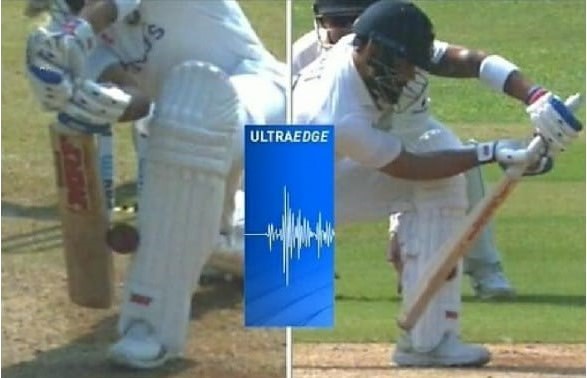
The DRS (Decision Review System) became a double-edged sword during the Pune test, where the ball behaved unusually. This situation highlighted some drawbacks of DRS, particularly the “Umpire’s Call” rule. Several instances in the Pune test raised questions about this rule. For example, Shubman Gill was not given out, while Virat Kohli was adjudicated out after the appeal was referred to the third umpire, even though the DRS indicated that the ball was brushing the stumps in both cases. The “Umpire’s Call” was the issue on both occasions. Was this fair? It is time for the ICC to reconsider this rule.
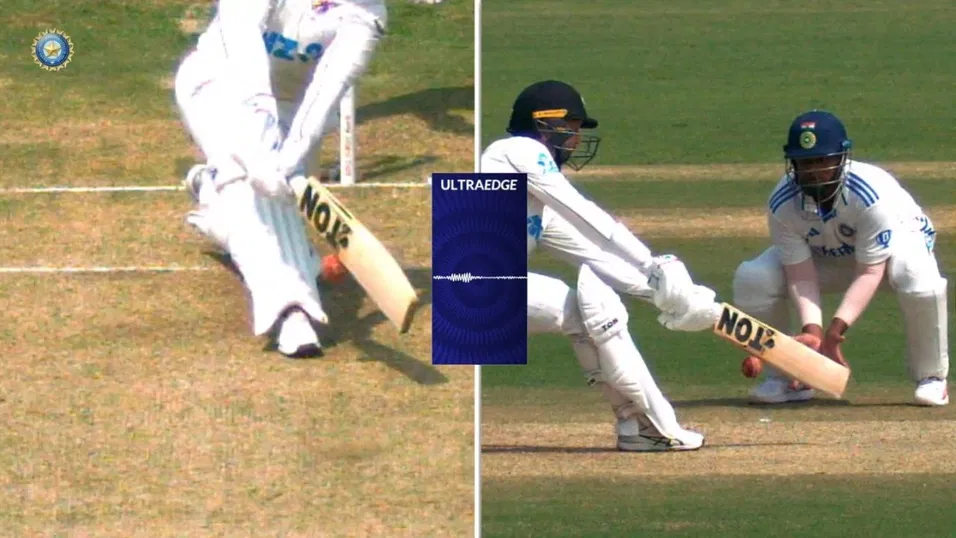
Despite being caught at the forward short leg, Jadeja managed to get away because the umpire failed to spot the faint edge, and the New Zealand players did not appeal. Batsmen will suffer if the ICC issues further revolutionary decisions, such as having the third umpire decide dismissals, as is the case with no ball, without taking the player’s appeal or the field umpire’s judgement into account. This will be comparable to how hockey was changed by changes to the rules and surface. It took years to establish themselves as a major force in international hockey because Indians, who once dominated the sport with their dribbling prowess on grass, found it difficult to adjust to the revolutionary changes.
In the future, the other visiting teams might improve on the Kiwi batsmen’s approach to neutralising the threat posed by Indian spinners. Due to technological advancements in the sport, players will need to adapt their methods. This precludes comparison to the game’s past greats. The purpose of this DRS debate is to alert those naysayers of the subtle changes taking place in the game that they are unaware of, not to disparage the skills of past great players.
Now, what can the BCCI do to reclaim the Indian batsmen’s superiority against spinners? Making all Test players play first-class cricket, though necessary, is not good enough. The board needs to introduce the DRS in all the first-class matches starting from the preliminary level, which will enable the players to improve their techniques to avoid LBW through DRS. The captains will learn how and when to refer a decision to the third umpire. Thus, the BCCI can help the new talents adapt to the rigours of international cricket easily.
Several critical opinions and facts supported the doubts raised about the Indian players’ poor performance, which resulted in the series defeat to New Zealand. Statistics-based comparisons with past game greats are another foolishness that has infiltrated. In summary, we must conclude that statistics don’t always provide the complete picture, as the DRS example above illustrates.

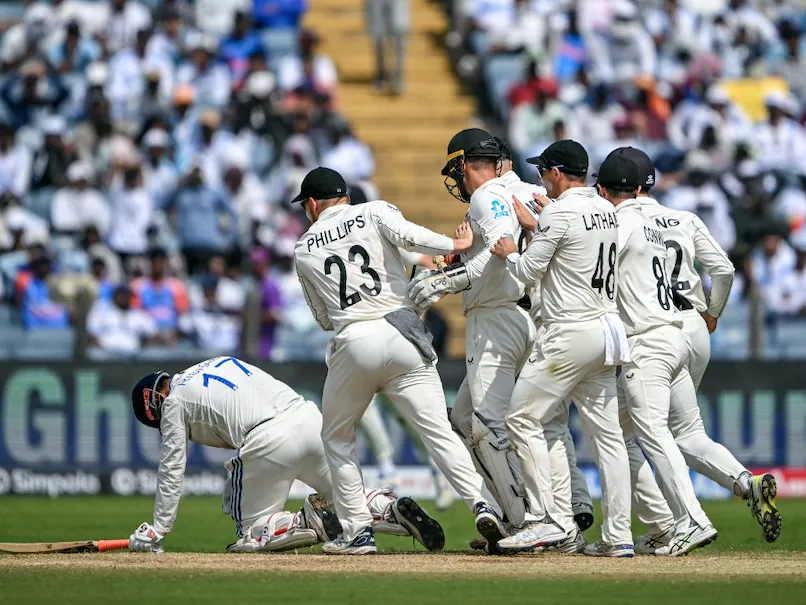
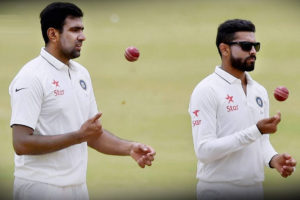

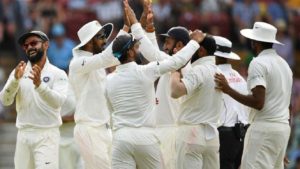
Rohini Negi
21 Feb 2025India’s incredible home streak ending in such fashion is definitely surprising. Simon Doull’s observation about modern Indian batsmen struggling against spin has some merit, but cricket has evolved with DRS playing a major role in changing techniques. Comparing today’s players with past greats might not be entirely fair.
Was this just a rare failure, or has New Zealand exposed a genuine weakness in India’s approach to spin? What do you think?
Join the conversation and never miss an update on the biggest cricket moments. Follow CricBet99 for expert insights and match analysis!
Bj Sports Live
6 Feb 2025Stay up to date with the Latest Cricket Sports News Cricket Prediction, Cricket Live Score, Cricket Schedule, Cricket Live Stream, and more.
Bj Sports Live
Tech
1 Feb 2025“Statistics don’t reveal everything because they often lack context, may miss hidden variables, and can’t prove causation. They rely on data quality, simplify complex issues, and may overlook outliers or qualitative insights. Human bias and ethical concerns can also skew results. While useful, statistics should be paired with critical thinking and context for a complete understanding.”
if you want to watch live streaming then visit https://touchcricapp.com
JeetWin News
26 Jan 2025This article sheds light on some crucial aspects of modern cricket, particularly the impact of the DRS on batting techniques against spin bowling. While it’s tempting to compare today’s players with past legends, we must consider how the evolving nature of the game, aided by technology, has forced players to adapt their methods. The points raised about the “Umpire’s Call” rule and its influence on decision-making are especially relevant. It’s clear that advancements in cricket will continue to challenge players and redefine their strategies. For a deeper dive into cricket updates and analysis, check out JeetWin News.
CricsCoops
22 Jan 2025Join Matchbox9com through CricScoops for a premium sports exchange experience. Access live cricket updates, expert predictions, and a secure platform. Enjoy a seamless and reliable service tailored for cricket enthusiasts looking to stay ahead in the world of sports betting
CricsCoops
16 Jan 2025Maximize your betting potential with Match Exchange 9 on Cricscoops. Access expert cricket betting tips, strategies, and real-time insights to help you make informed decisions and boost your chances of winning. Start betting smarter and elevate your game today
ipl
9 Dec 2024Absolutely agree—statistics often miss the intangibles like player mentality, team dynamics, and game-changing moments. They’re a great tool but not the whole story. For deeper cricket insights and IPL 2025 updates, check out ipl2025.in. Loved the perspective in this article!
John Doe
18 Dec 2024Your Comment Here…
Mathew
28 Oct 2024Intresting article, in modern cricket DRS plays a big role. No system is completely fool proof and law of averages will surely catch up. With the money power that BCCI possesses it is prudent to implement DRS in domestic Ranji and other nationl level competitions
By the by statistics is not just about comparing against historical data it is much more than that,we need statisticians in the think tank who analyse and make sense of the data in front of them. Secondly the think tank should have a seat on the table to bring in HEAD over HEART.
Obviously BCCI would have invested in think tank but not sure whether they get a seat on the table